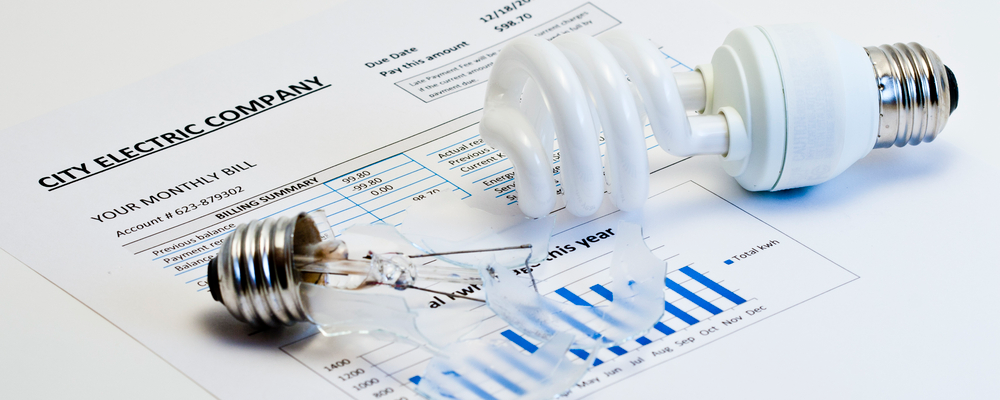Which Cities in Texas Are Poised for Explosive Growth?
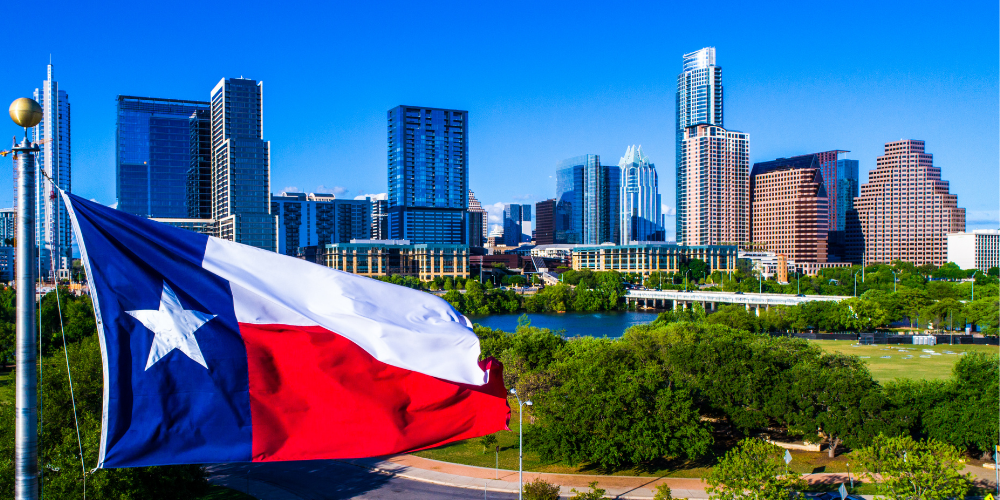
Texas is the second-most populous state in the nation. With so many people moving or starting families in the area, it’s only natural that there would be multiple fast-growing cities in the Lone Star State.
A huge land area along with a steady economic growth are some reasons behind the spurt in population in Texas. In fact, statistics from the census bureau show that many of its cities have been continuously growing since the last decade.
Let’s take a look at some of the fastest-growing cities in Texas.
1. Frisco
Frisco is part of the Dallas-Fort Worth metro area. With so many cities in the Lone Star State, it regularly ranks as one of the safest in the area. With its family-friendly vibe and excellent educational institutions, it’s no wonder that many individuals want to make Frisco their home.
Sociodemographic Growth
Frisco is a buzzing city that was named the fastest-growing city in the United States in a U.S. Census Bureau research in 2020. This is evident in the area’s 91.95% population growth in the past decade. Moreover, the census bureau data show that around 55.2% of Frisco residents belong to the working-age population, specifically 18 years old and above. Meanwhile, approximately 60% of its residents are part of the college-educated population.
Job and Income Growth
Unfortunately, Frisco’s recent job growth has seen a -3.5% decrease, putting its unemployment rate at 4.9%. However, growth in the employment sectors is expected to rise to 10.3% in the next 3 years.
Its median household income is $116,884. Meanwhile, the city has seen increased business ventures and investments in the past years. In fact, two of its counties got recognized as the top 2 counties in the U.S. with the highest economic growth in a survey by Moneywatch in 2017.
Poverty Rate Reduction
The poverty rate in Frisco stands at 3.9%. This means that 6,085 of 154,801 residents have income levels below the poverty line. This is significantly lower than the poverty rate across Texas, at 16% and the national average of 13.4%.
Regional GDP
The regional GDP of the Dallas Fort Worth Metro Area, where Frisco is located, has risen to $523,861.973 in 2019. Meanwhile, the per capita income in this fastest-growing city in Texas is $48,910.
2. New Braunfels
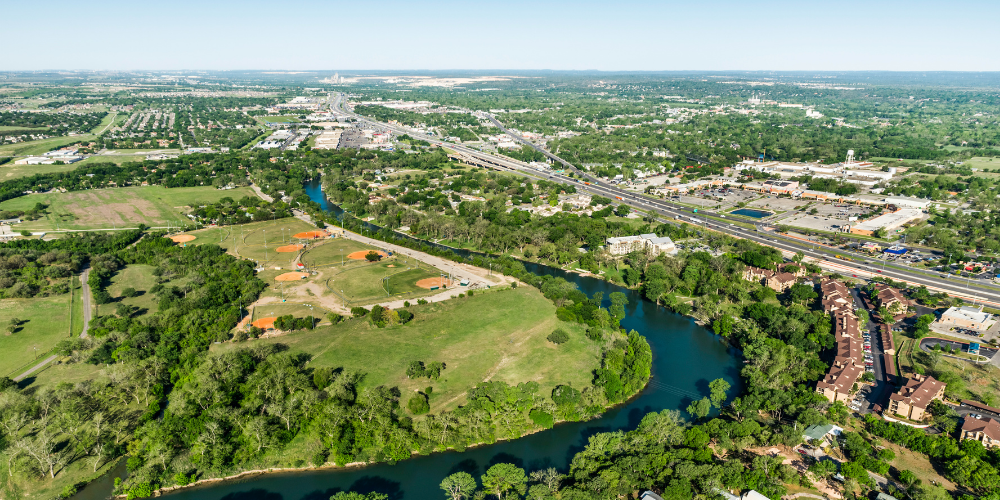
One of the most beautiful cities in the Texas Hill Country, New Braunfels has a laid-back character but enjoys a robust economy. This is due to the presence of a substantial business community. It may be one of Texas’ small cities, but it offers a full complement of cultural assets, transport facilities, and entertainment venues.
Sociodemographic Growth
It is the 42nd largest city in Texas and ranks third among the fastest-growing cities nationwide. New Braunfels has seen a 65.4% population growth in the past decade and around 52.3% of its residents comprise the city’s working-age population. As for its college-educated population, at least 64.11% have reached college, with 34.73 holding a bachelor’s degree or higher.
Job and Income Growth
The city’s recent job growth has dropped to -4.7%. However, future job opportunities are projected to rise to 46.5%, considering its position as one of the fastest-growing economies. Its average household income is approximately $71,044 which has seen an increase of 74% from 2001.
The city has also experienced a steady rise in business and venture capital investments from companies. This is evident in its sales tax revenue collection, which has surged to more than $26 million in 2020.
Poverty Rate Reduction
The poverty rate in this third fastest-growing city in the U.S. is 9.5%. This shows that one out of every 10.6 residents of New Braunfels reported an income level that falls under the poverty line. The figure is much lower than the 16% poverty rate across Texas.
Regional GDP
The total GDP for the San Antonio-New Braunfels region has risen to $132,116.439 in 2020. That’s almost a three-fold increase from the region’s GDP in 2002, which was at $50,000.
3. McKinney
This charming city with its exquisitely preserved 19th-century buildings is not just one of the fastest-growing cities in Texas but is rated one of the most livable places in the U.S. Other cities in Texas, such as Round Rock, also made it to the list.
Sociodemographic Growth
McKinney’s inhabitants have increased by 63.24% since 2010. Its annual population growth rate of 3.60% pushed it to the list of fastest-growing cities in Texas. Approximately 53.5% of its people are between 18 and 64 years old, comprising its working-age population. At least 76.6% of its residents have been college-educated, with 47.4% holding a bachelor’s degree or higher.
Job and Income Growth
McKinney ranked fifth among cities with the fastest-growing economies in the country. While its recent job growth has dropped to -3.5%, it is expected to increase to 54.8% in the coming years. The median income for residents in the area is approximately $87,608. Along with four other North Texas cities, McKinney belongs to the top 100 most affluent communities in the U.S.
Poverty Rate Reduction
11,375 of 163,456 McKinney residents reported incomes that fall below the poverty threshold. This gives the city a 7% poverty rate. That’s significantly lower than the percentage of residents below the poverty line across the Lone Star State.
Regional GDP
The regional GDP of Collin County, where McKinney is located, amounted to $69,296,699. This accounted for all the industries operating in the area. The area’s per capita income is $40,161.
4. Cedar Park
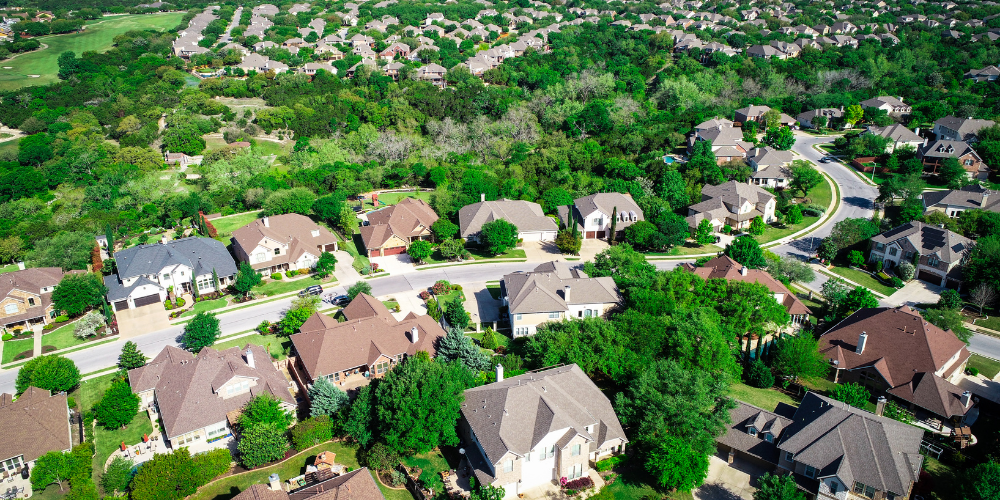
A city with a laid-back ambiance but with the amenities of a big city. That’s Cedar Park. Nature lovers will love the city that features around a thousand acres of parkland. Meanwhile, the Balcones Canyonlands National Wildlife Refuge, a wildlife habitat, is just a half-hour drive away.
Sociodemographic Growth
Cedar Park also makes it to the list of one of the fastest-growing cities in the nation with its 3.12% annual increase in inhabitants. It has seen a 72.83% total population growth since the 2010 census, and around 57.1% of its inhabitants belong to the working-age population. Meanwhile, 51.21% of its people have a bachelor’s degree or higher, while another 8.52% have an associate’s degree.
Job and Income Growth
Cedar Park’s job growth rates are -3.3% at present but with an estimated spurt of 52.6% in the future. Meanwhile, it has a 5% unemployment rate, which is slightly lower than the national unemployment rate of 6.7%. Its median household income is $79,323 per year. The city has economically grown in the past decades, with numerous new ventures catering to its population and their quality of life.
Poverty Rate Reduction
In Cedar Park, one out of every 26.9 residents reported income levels that place them under the poverty line. That sets the rate at 3.7%. It’s significantly lower than the 16% rate through the Lone Star State.
Regional GDP
Belonging to the Austin region, its current regional GDP is $159 billion. That’s just below Dallas-Fort Worth and Houston’s and is one of the largest GDPs in the U.S.
5. Austin
One of the major cities in the country, Austin, keeps getting voted as the best place to live in America. It comes as no surprise because this home state of Texas has almost everything. From affordable housing, fantastic weather, and a bustling cultural scene, you can find it in Austin.
Sociodemographic Growth
Austin is another growing city in Texas, seeing a population growth of 21% over the last decade. Around 64.3% of its citizens are of working age. Meanwhile, 71.1% have received a college education, with 46.2% having obtained a bachelor’s degree.
Job and Income Growth
Austin ranks 11th among 50 metropolitan areas in terms of job growth, regaining at least 96% of its financial losses since the COVID-19 outbreak. Its median household income is $80,954. Austin is also a booming center for start-up businesses and solo entrepreneurs. It also has lower state income taxes.
Poverty Rate Reduction
The city has a poverty rate of 15.4%. This translates into around 138,274 out of 896,303 residents in the area living below the poverty threshold. The figure is just a shade lower than the poverty rate across Texas, which stands at 16%.
Regional GDP
The total GDP in the Austin-Round Rock area amounted to $168,435.759 in 2020. Its 3.1% growth is among the highest of 50 largest metro economies.
6. San Antonio
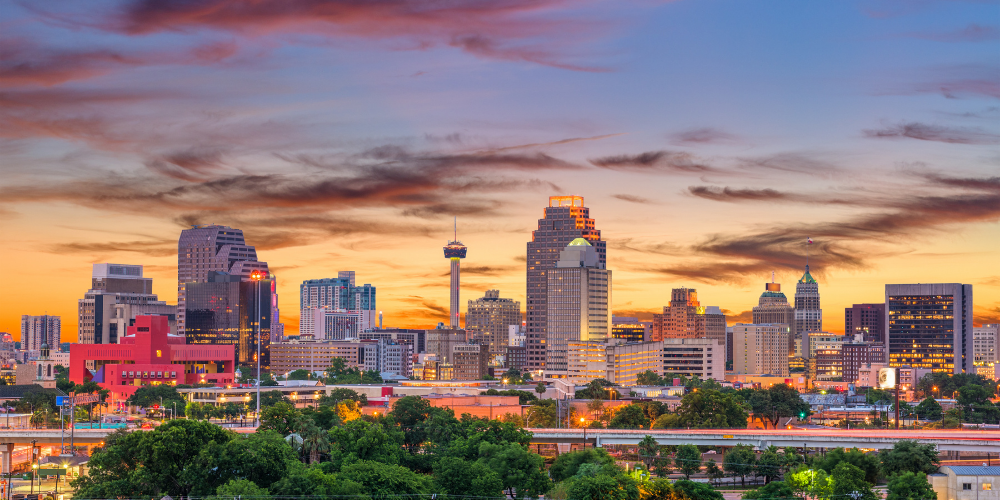
The Alamo City is the most visited city in Texas. That comes as no surprise, as San Antonio has a lot to offer to residents and visitors alike. Its mild winters appeal to those who hate the cold, while history buffs love the place’s rich colonial heritage. Tourist attractions in the city abound. These include Sea World, San Antonio Zoo, the River Walk, and the Pearl District and Farmer’s Market.
Sociodemographic Growth
San Antonio ranked second in the U.S. in terms of population growth in 2020. It has seen an annual population increase of 1.10%, and its residents have expanded by 19.16% since 2010. About 56.1% of its citizens are of working age, and at least 26% have obtained a bachelor’s degree or higher.
Job and Income Growth
San Antonio’s job growth fell to -4.7% in recent years but is expected to make a comeback in the future with a 39.6% surge. Its median household income is $49,71. The city ranked among the 20 best places in the U.S. to start up a small business in 2019 owing to its low living costs and efficient financing.
Poverty Rate Reduction
With one out of every 5.4 San Antonio residents living below the poverty line, the place has an 18.6% poverty rate. That’s 267,330 out of 1,437,614 residents having difficulty making ends meet. This figure is a bit higher than Texas’ poverty rate of 16%
Regional GDP
The regional GDP for San Antonio-New Braunfels was at $132,116.439 in 2020. Meanwhile, the residents in the area enjoy a $50,022 per capita income.
7. El Paso
This modern metropolis exudes a historical feel, with old adobe buildings that mark its Mexican heritage. It’s called the Sun City because it gets over 300 days of sun a year on average. It has been ranked as one of the safest large cities and is known for its strong military presence.
Sociodemographic Growth
El Paso’s population of 685,434 makes it the 6th largest city in Texas. It has a growth rate of 0.27% annually, and the number of its residents has increased by 5.59% since 2010. Over 62% of the city’s population are of working age, with 29% holding a bachelor’s degree or higher.
Job and Income Growth
El Paso’s job market has increased by 1.9% over the past year, with a predicted job growth of 35.9% in the next ten years. This job expansion is higher than the national average of 33.5%. El Paso residents have a median household income of $42,037 annually. The city’s economy is poised for growth as it is a leading shipping and distribution point for the West Coast, Midwest, and Southeast U.S. markets.
Poverty Rate Reduction
El Paso has a 20.3% poverty rate. This translates into one out of every 4.9 residents in the city living below the poverty threshold. Compared to the national average of 16%, El Paso has a higher poverty rate.
Regional GDP
The total GDP of El Paso, Texas, is $34,114.414. Meanwhile, its residents enjoy a $41,732 per capita income.
FAQs
What Are The Top 10 Largest Cities in Texas?
Based on the 2021 population data, the top 10 largest cities in Texas are Houston, San Antonio, Dallas, Austin, Fort Worth, El Paso, Arlington, Corpus Christi, Plano, and Laredo.
What Is The Fastest Shrinking City in Texas?
According to the 2020 census, Galveston is the fastest-shrinking city in Texas. The population in the area declined by 12.2% in the past two decades.
What Are The Coolest Cities in Texas?
Texas’ list of coolest cities, based on local leisure and entertainment establishments as well as cultural composition, are Austin, Houston, and Dallas. All three ranked within the top 10 of Forbes’ Coolest American Cities.
What Is The Best Small Town To Live In Texas?
Frisco, located in the Dallas Fort Worth Metro Area, is considered the best small town to live in Texas. The housing cost burden percentage is 8.2% lower than in the United States, which means purchasing a home there is more affordable. 75.6% of Frisco residents own their homes. Its suburbs are among the best in the state.
Final Thoughts
Choosing a city to move to or start a business requires solid research, especially when it comes to demographics and economic growth. With Texas’ continually increasing quality of life, it’s no wonder that many people favor its cities. Who knows? One of these fast-growing Texas cities might just be the place for you.
Updated on

